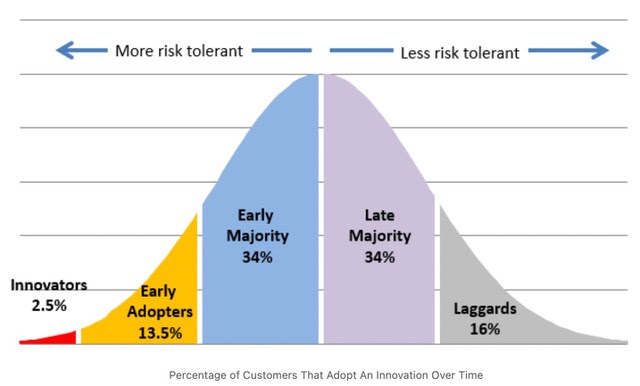Posted by: Francis Koster Published: February 11, 2023
Making the invisible visible is crucial to our survival
Our world is changing. As the pace of change gets faster, the personal and national stress level rises. Covid + egg prices + climate change + school issues + China sending a balloon across America + Ukraine war + ‘work from home’ + inflation = a lot of anxiety and fear. Some people attempt to control their anxiety by denying the existence of threats.
Not a good idea if we need to change to survive and protect our kids and our country.
We need to figure out how to talk to one another, one frightened person to another – quickly, so we can bring about needed change.
A pop quiz: As you worry about your family, which of these two threats makes you more anxious: a) fear of Covid or b) being caught in a shooting someplace?
Since the covid epidemic started in America 1,100,000 Americans have died from it – one out of every 100 that were infected. (1) The disease is now tapering off but is still a serious issue. 274,000 Americans died from covid during all of 2022. (2)
Also, during 2022, 15,882 Americans died of from firearms (not counting suicides). (3) Gun violence is now considered a public health crisis.
The odds of dying from Covid were 17 times higher than from firearms last year.
First pop quiz question: Which of these threats are you most afraid of? Seriously – take a minute, and a deep breath, and try to answer the question. And then ask yourself “why”?
Are you focused on the biggest threat?
Studies trying to understand why people view change differently have been going on for a long time. The best known theory of how this works is called the Diffusion of Innovation Curve. First developed in the 1960’s by Dr. Everett Rogers, it is based on years of analysis of how quickly different groups of people bought newly invented televisions or cars with new features, and later computers and cell phones, and also adapted to social issues like racial integration and the feminist movement.
The research on all that change shows that we sort into 5 different chunks of our population, each with different eagerness or resistance to change. (4)
Second pop quiz: In the chart, which is about your willingness to change, please put an “X” where you think you fit when you were facing either a need or an opportunity to change.
For some people, the statement that “seeing is believing” rules their life. Others do not need to personally see or experience the actual change in their environment, they just need to have it reported to them as a fact observed by people they respect, like scientists, or medical doctors.
One of the major reasons for the rising percentage of Americans who now believes in climate change is because they have personally begun to experience the change. Scientific reports about rising greenhouse gas levels since the 1970’s were not persuasive but becoming victims of flooding, tornados and drought were. This tactile evidence persuades the “seeing is believing” crowd.
If you need to “see to believe” you are missing a lot of threats to your family that are present or emerging around you. We used to think of pollution as trash alongside the road, or visible smoke from a factory. Now science is telling us that there are a lot of invisible things to be worried about.
There are no federal or state requirements that drinking water coming from your kitchen faucet be inspected for pharmaceuticals before it is delivered to your home. (5) One study of the output of 25 drinking-water treatment plants found that all of them had the same 11 drugs in them. (6) On another front, several studies have found that the average American consumes about 6 credit cards worth of plastic a year – a good bit of which appears to stay in your flesh. (7)
Scientists recently reported that every one of 30,000 umbilical cords examined after childbirth contained a category of chemicals that are linked to birth defects, cancer, kidney disease, liver problems, and other health issues. (8)
America has the lowest life expectancy of the entire world’s wealthiest countries. We rank 45th in the world. (9)
We need to develop ways to help people understand that waiting until you can see or experience a threat from chemical pollution is a slow form of suicide or murder. These threats will not go away on their own, and the polluters already know about them and are doing nothing. We must “make the invisible visible”, and empower our citizens so we can make America healthy again.
Authored by Francis Koster Ed. D
(2) https://coronavirus.jhu.edu/
(3) https://health.ucdavis.edu/
(5) https://www.multipure.com/
(6) https://cfpub.epa.gov/si/si_
Copyright © 2020 The Optimistic Futurist. All Rights Reserved.
Francis P. Koster Ed.D.
Proven local solutions to national problems.
CONTACT
Copyright © 2023 America's Optimistic Futurist
